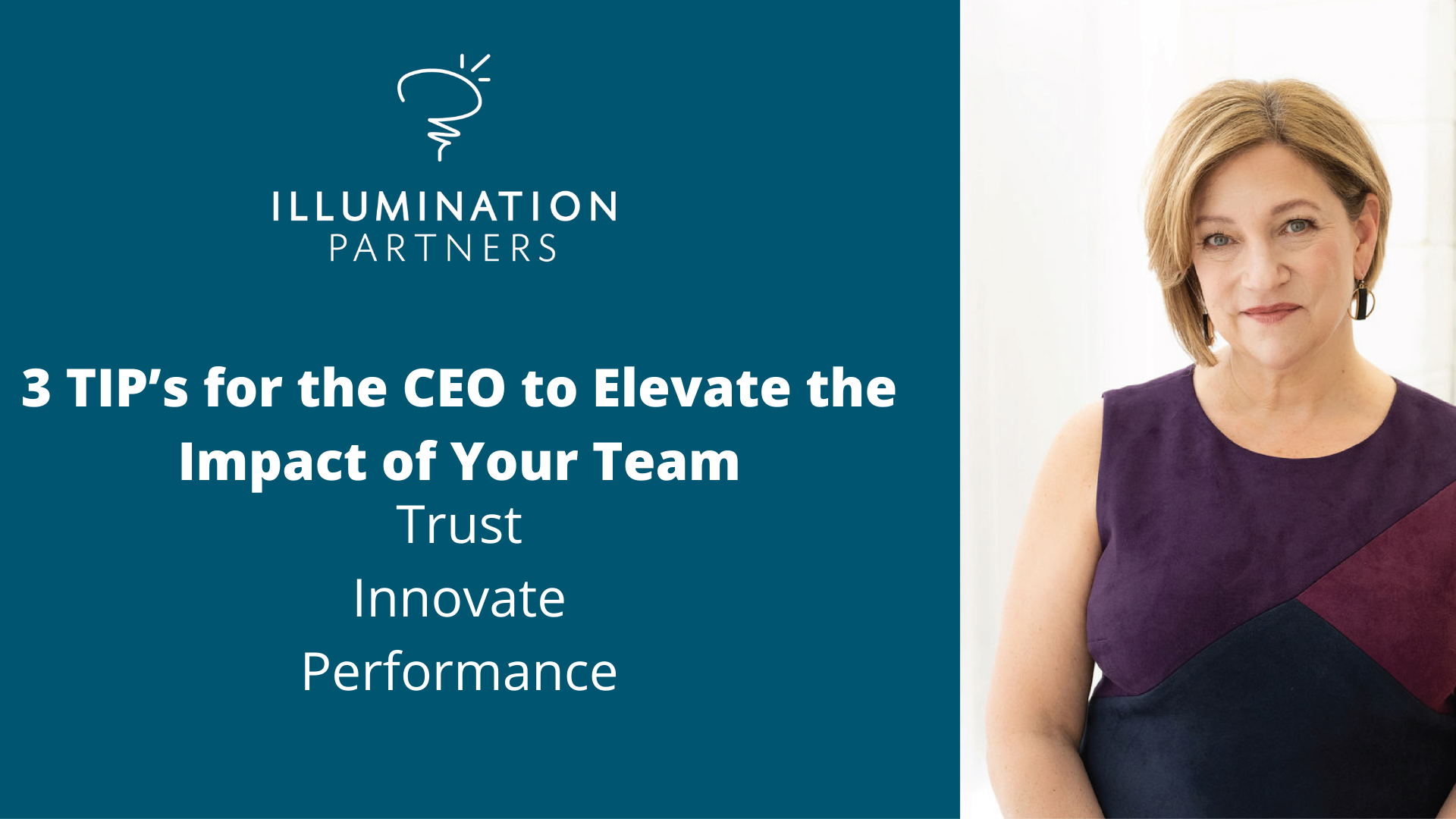“I just need you to make it simple for us,” said the senior leader of an organization I’ve recently started to help. They hired me to close a compliance gap, but as we dug into their situation, their rapidly growing organization was seeing the impact of complexity and the lack of efficient systems. My job was to leave a lasting impact by reducing complexity and mitigate risk in their business model
“I knew I had a message, but I could never find the right words,” said a recent coaching client. They’d been very successful in their coaching business, but they couldn’t see the gaps in their messaging that would potentially unleash connection with their ideal client. I could see them grappling for the right words and through well placed questions, the messaging revealed itself.
“You understand exactly what I need, when can we start,” said one of my favorite coaching clients when they were experiencing rapid change and I was able to reframe the leadership and technical solutions needed to get them back on track. My ability to see and hear what is said and see their body language enabled me to present a solution that would get them through the chaos.
The common thread amongst all these leaders is their blindspot to truly “see” the gap and provide a solution that solves their issue short & long term.
Bringing in another set of eyes & ears enables them to see what is missing and provide a better solution by finding their “compass” to get back on track.

The CEO’s Compass is your guide to get back on track and through assessing the 7 compass points to get you back to true North.
By assessing your maturity across the dimensions of Purpose, Performance, Past, Pride, People, Process and Platform, you start to see the course to navigate back… but there’s another benefit I’ve not yet shared.
The CEO’s Compass is also for you. While written to address the business challenges of a CEO, each point can apply to you and your personal challenges of not feeling like you’re on track.
In my case, I recently saw via The CEO’s Compass, I did not have Peace of Mind. Doing a quick assessment across the 7 points, I was able to “see” I needed to focus on:
- People – my personal skills development to message better and create meaningful connections
- Platform – building on my accountability tools & decision logic; execute on tasks that are most impactful to my business and
- Purpose – recommit to it and steer clear of the “shiny penny” that was starting to get me off track.
The answer is clear – every leader needs their own Compass, The CEO’s Compass is your too, to get you back on track.
I’d love to connect and understand where you are off track and ways we can work through it together. Let’s book a call!




